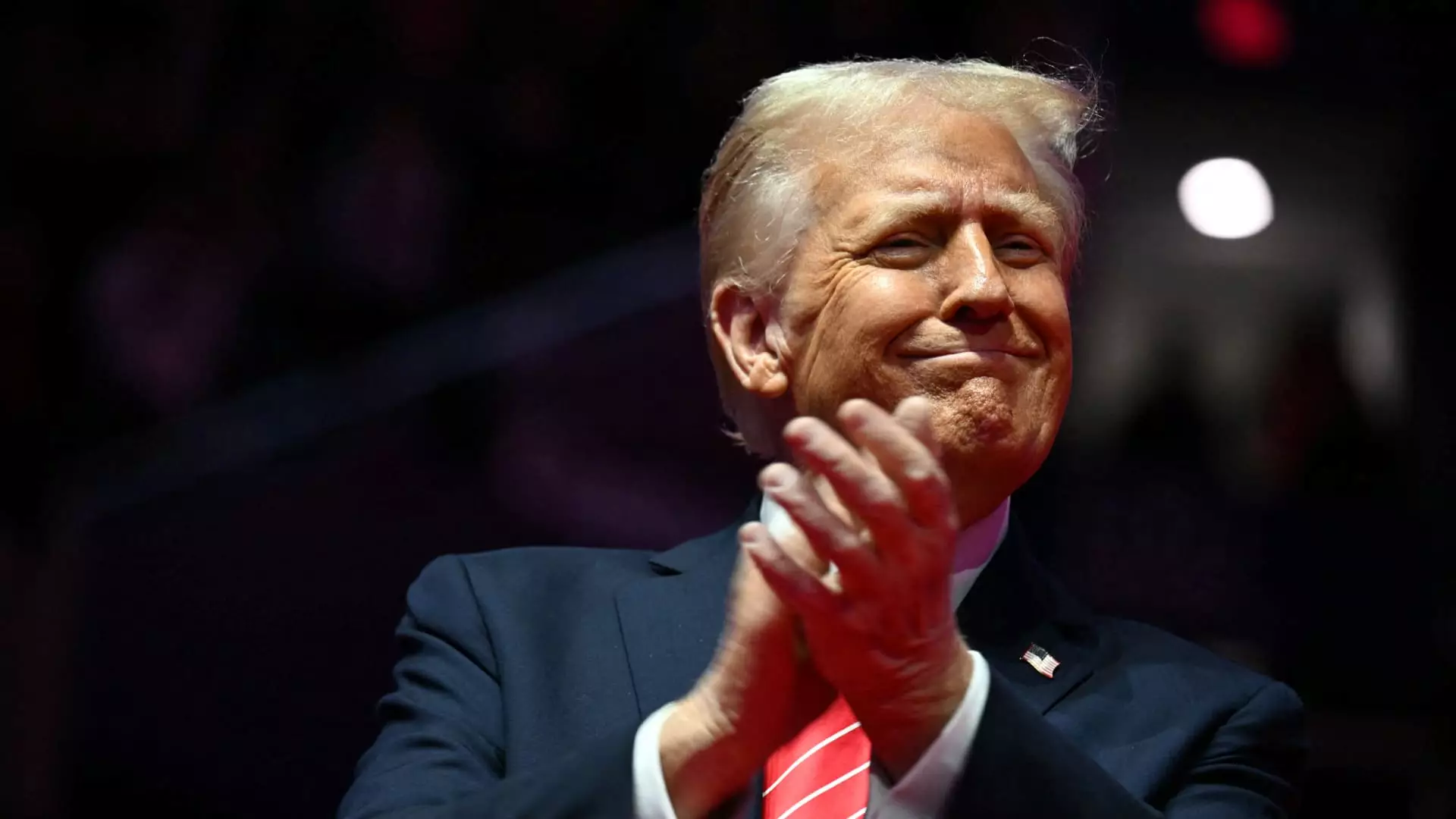Donald Trump’s forthcoming inauguration is set to be a historic occasion, as sources indicate that he plans to sign an unprecedented number of executive orders on his first day back in office. This strategy aims to reaffirm his commitment to a specific agenda while signaling a dramatic ideological shift in governance. Here, we will examine the implications of this significant move, how it echoes his previous tenure, and its potential repercussions on American politics.
The Significance of Executive Orders in Trump’s Strategy
The use of executive orders has become a common hallmark of Trump’s presidency. It allows for rapid governmental action without the lengthy legislative process. By planning to sign over 50, possibly even 100, executive orders, Trump is not only attempting to make an immediate impact but also setting the stage for a confrontational relationship with Congress right from the outset. This approach reflects his belief that decisive action is necessary to “set our country on the proper course,” as he claimed at a recent rally.
Such urgency suggests that Trump is aware of the political landscape in which he operates—one rife with challenges and opposition. The anticipation surrounding these orders, particularly among his “Make America Great Again” (MAGA) supporters, demonstrates how significant expectations can drive political capital. However, the over-reliance on executive power raises concerns about democratic norms and the long-term sustainability of governance rooted in unilateral decisions.
A Return to Promises: Immigration and Border Security
Among the most awaited executive actions is the expected declaration of a national emergency concerning the U.S.-Mexico border. This aligns with Trump’s longstanding focus on immigration issues, which resonated deeply during his first campaign. He vows that by the evening of his inauguration day, the “invasion of our borders” will cease. Such declarations mark a continuation of his previous efforts, which included attempts to divert defense funding toward constructing a border wall.
However, this planned action is not without controversy. Trump’s last attempt at a national emergency faced significant legal challenges, culminating in a court’s obstruction of his initiatives. By resurrecting this strategy, he not only reignites discussions about immigration policy but also tests the limits of executive authority. Moreover, this approach directly counters the policies implemented by former President Joe Biden, illustrating just how Trump’s presidency could prove to be a pendulum swing in U.S. governance.
In addition to immigration issues, Trump envisions a fundamental restructuring of the federal workforce through the reinstatement of “Schedule F.” This initiative grants greater latitude to presidential appointees, allowing them to fill civil service roles with individuals aligned with the administration’s agenda. The implications of this reclassification could foster a significant shift in the operational landscape of the federal government, potentially politicizing civil service roles that traditionally remained insulated from external influence.
Critics argue that this move risks undermining the independence and integrity of civil service, which is intended to operate objectively, irrespective of the political climate. It presents an ethical dilemma regarding the balance between accountability and efficiency in governance. Trump’s inclination to fill these positions with loyalists may stoke divisions within government institutions, challenging their ability to function effectively.
While the ambition behind these executive orders might be commendable in the eyes of his supporters, they are not immune to legal scrutiny. For instance, Trump’s plans to withhold funding from climate initiatives outlined in Biden’s Inflation Reduction Act could provoke judicial pushback. The Impoundment Control Act of 1974 underscores Congress’s power over appropriated funds and limits executive control, creating a complicated legal battleground.
As Trump navigates these complexities, his ongoing confrontation with Congress and federal courts will shape the trajectory of his administration. The anticipation surrounding his inauguration raises questions about governance in a deeply polarized environment, where executive authority is both celebrated and critiqued.
Donald Trump’s first day in office is poised to be an explosive mixture of bold declarations and potential controversy, reminiscent of his original tenure. While Trump’s actions may galvanize his base, they simultaneously risk alienating moderates and igniting intense partisan conflict. As the nation watches, the effectiveness of his executive orders—as well as their alignment with democratic values—will undoubtedly define a significant aspect of his second presidency and the future of American governance. The coming days will be crucial in determining whether this is truly a new era or merely a continuation of past political battles.

